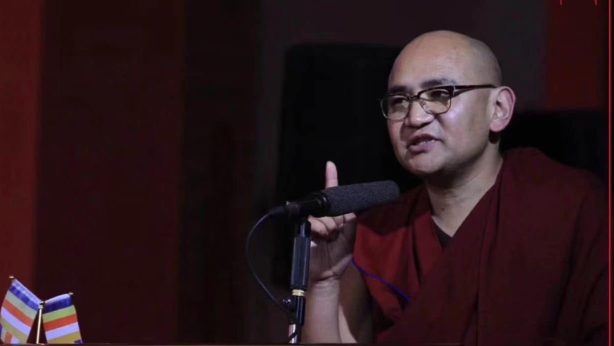Tales of Terror: Torture in Tibet
Torture against Tibetan political prisoners has been used as a method of repression since the Chinese occupied Tibet in the 1950s. Despite China’s claim that it adheres to international law which effectively bars the use of torture, the Tibetan Centre for Human Rights and Democracy (TCHRD) has gathered numerous testimonies from former political prisoners which demonstrate that torture is still routinely used. Political prisoners are at the greatest risk of being tortured. These prisoners, many of whom are monks and nuns, are often imprisoned for openly expressing their support of the Dalai Lama and an independent Tibet – rights which are protected under international law.
On October 4, 1998, the People’s Republic of China ratified the United Nations Convention against Torture and Other Cruel or Degrading Treatment or Punishment (CAT), which they signed on December 12, 1986. A member of the Chinese delegation at the United Nations General Assembly stated in November 1988 that “China will implement in good faith its obligations undertaken in the Convention.” Since China’s signing of the Convention, 60 people have died from torture while in detainment. Dozens more have been killed while demonstrating in pro-independence movements and many have committed suicide under duress from being forced to denounce their religious beliefs or being unable to cope with detention conditions.
In 1993 and again in 1996, the United Nations Committee Against Torture, a team of legal experts, asked China to set up a genuinely independent judiciary to change its laws to ban all forms of torture. In May 1996 the Committee stated, “there has been a failure to incorporate a definition of torture in China’s domestic legal system in terms consistent with the provisions of the Convention.”
On October 5, 1998, 12 years after the signing of CAT, China signed the International Covenant on Civil and Political Rights. China has now signed all the important United Nations laws relating to human rights, however, evidence from recent years shows little commitment by the Chinese authorities to upholding its international legal commitments.
The personal accounts in Tales of Terror show that the Chinese authorities continue to abuse human rights at the worst level. TCHRD has interviewed former political prisoners in India and Nepal to obtain a picture of the current situation relating to torture in Tibet. The personal accounts of torture received by TCHRD are believed to represent only a fraction of the real situation in Tibet. For the purpose of this publication, torture is based on the definition stated by CAT, which includes physical or mental torture.
TCHRD has limited torture accounts to those Tibetans who have been detained or arrested, where torture is most prevalent.
Download the full report here.


